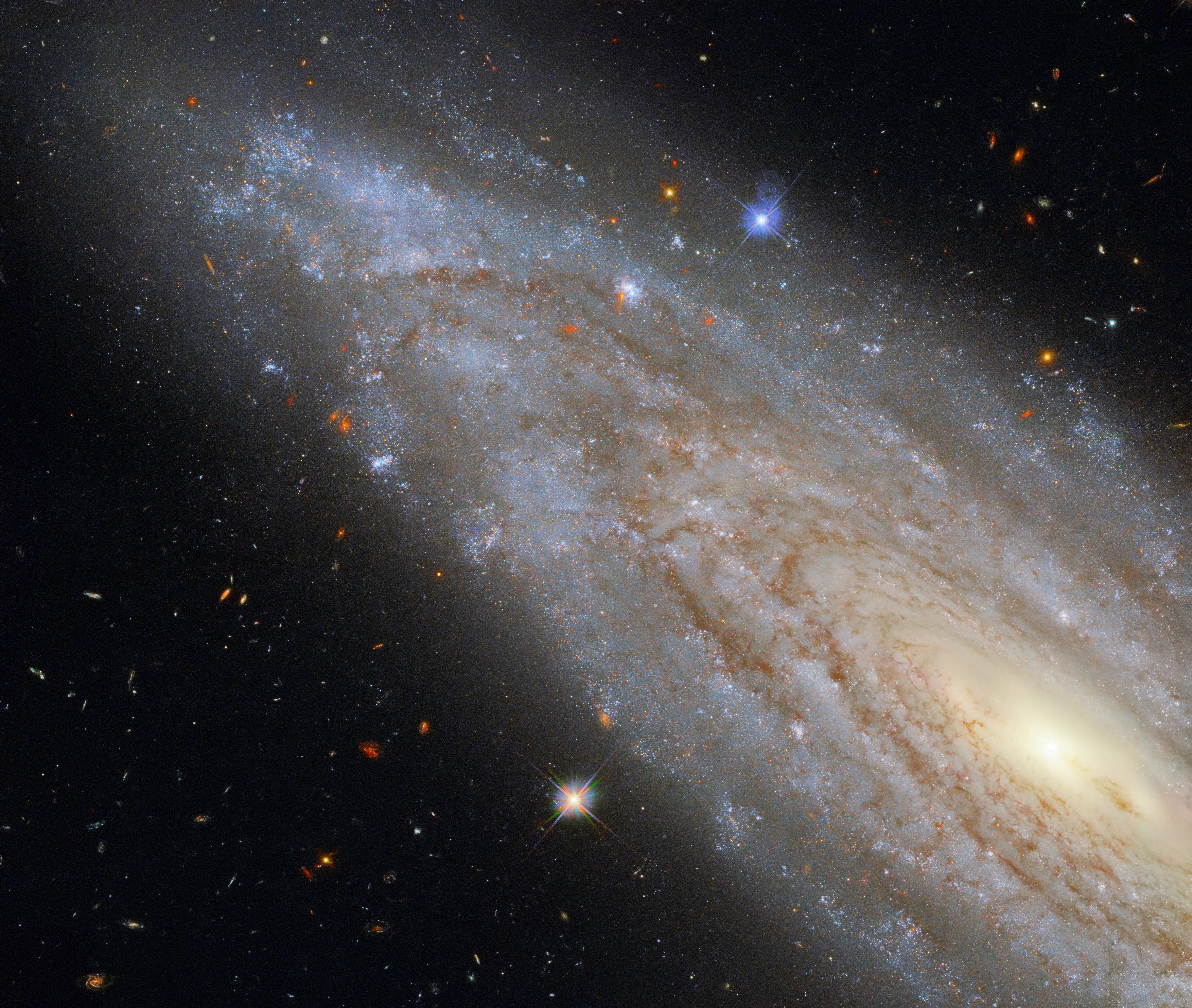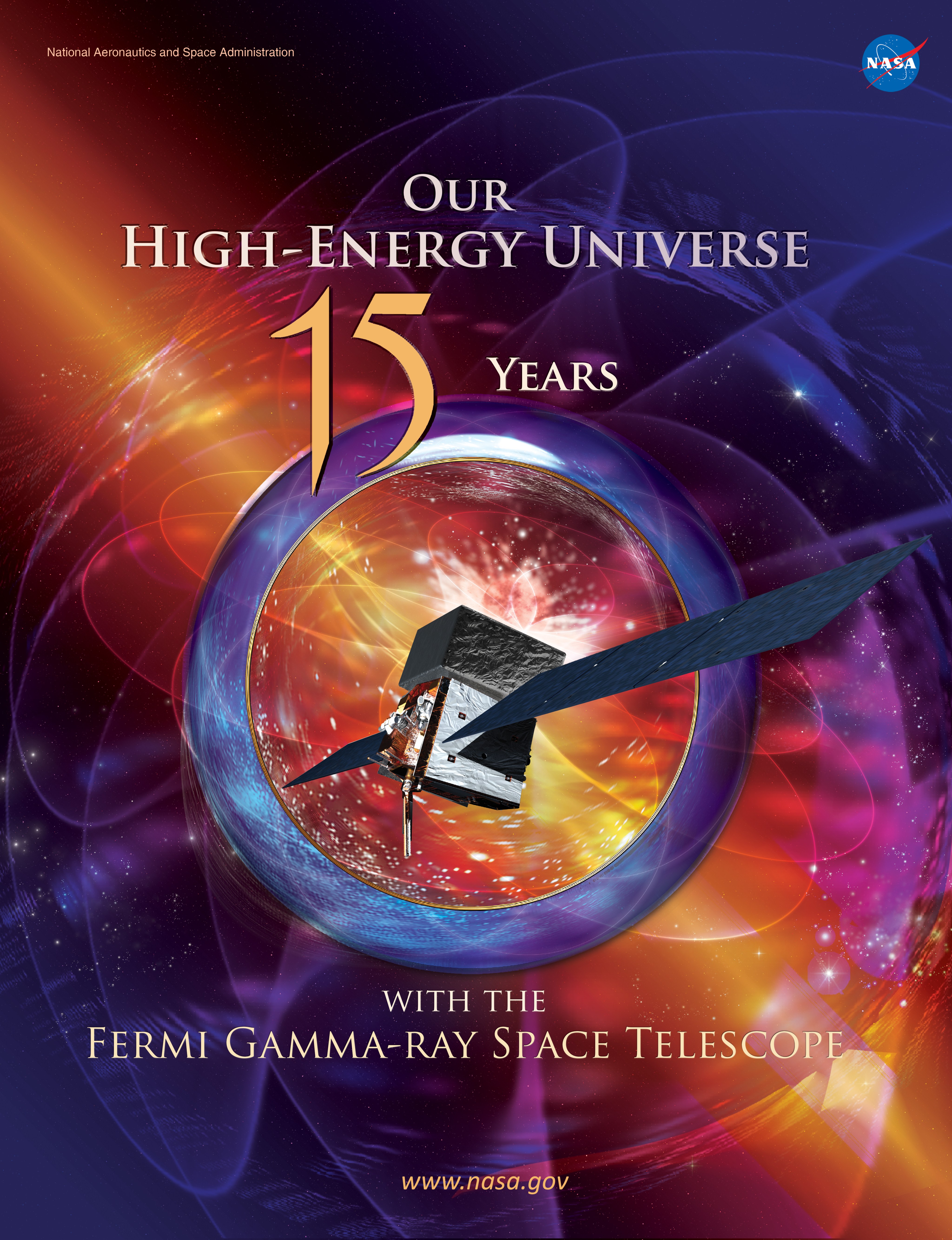1 min read

This image shows the spiral galaxy NGC 3254, observed using Hubble's Wide Field Camera 3 (WFC3). WFC3 has the capacity to observe ultraviolet, visible, and near-infrared light. The image is a composite of observations taken in the visible and infrared. NGC 3254 looks like a typical spiral galaxy, viewed side-on. However, NGC 3254 has a fascinating secret hiding in plain sight – it is a Seyfert galaxy. Seyfert galaxies have extraordinarily active cores (called an active galactic nucleus) that release as much energy as the rest of the galaxy put together.
Seyfert galaxies are not rare – about 10% of all galaxies may be Seyfert galaxies. They belong to the class of “active galaxies” – galaxies that have supermassive black holes at their centers accreting material, which releases vast amounts of radiation. The active cores of Seyfert galaxies such as NGC 3254 are brightest when observed in light outside the visible spectrum. At other wavelengths, this image would look very different, with the galaxy’s core shining extremely bright.
Text credit: European Space Agency (ESA)
Media Contact:
Claire Andreoli
NASA's Goddard Space Flight Center
301-286-1940







